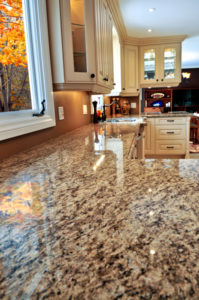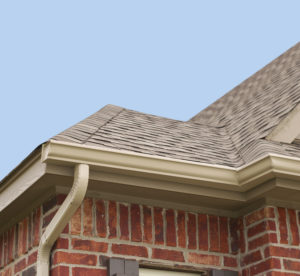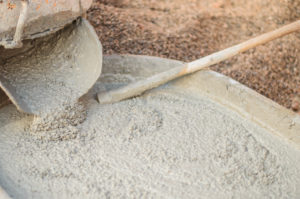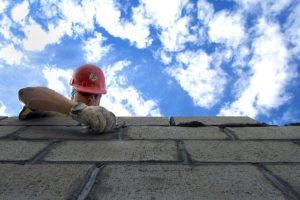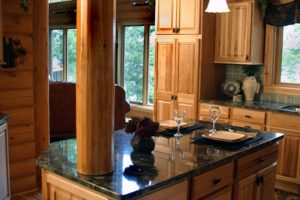
Here are a few things about marble to consider.
Often because of the steep price, many people shy away from using marble in their constructions projects. Although marble might not be your first choice, it comes with several benefits that help outweigh its costs. Here are a few things about marble to consider.









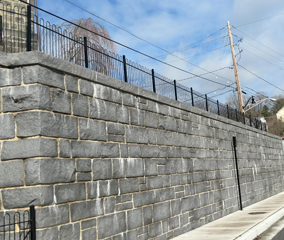

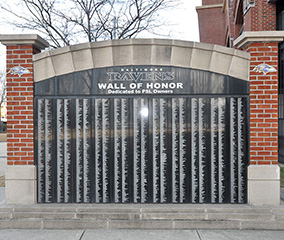
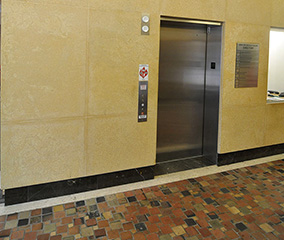
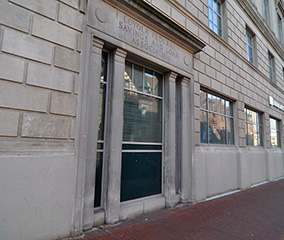
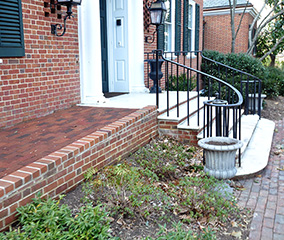

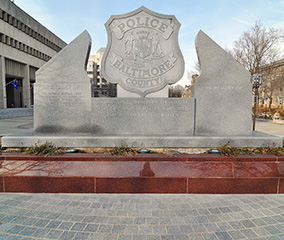


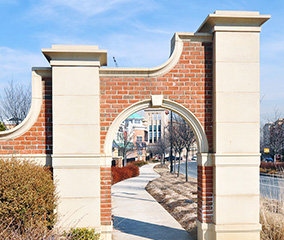
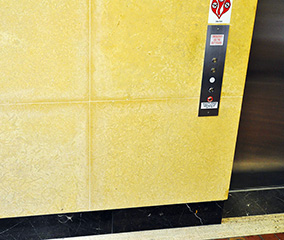
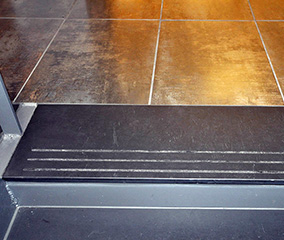
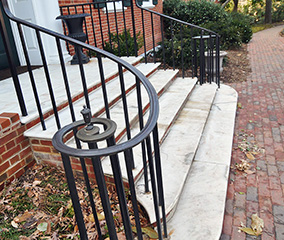
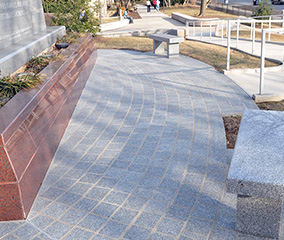
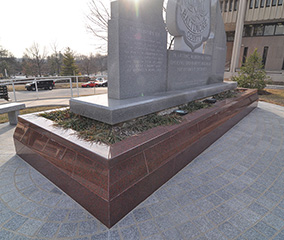
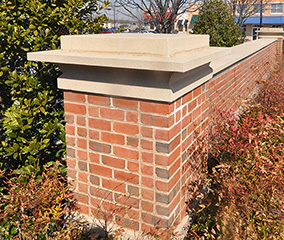
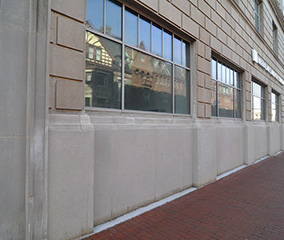
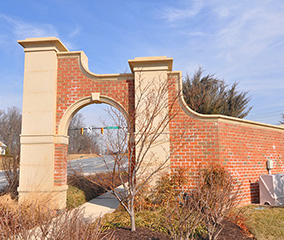

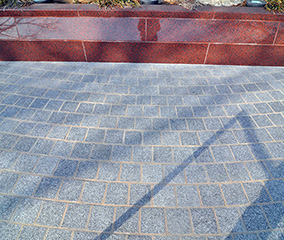

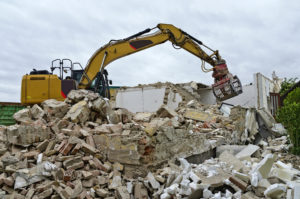
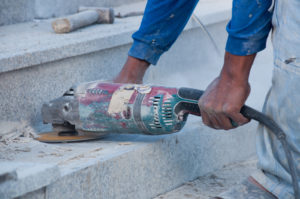
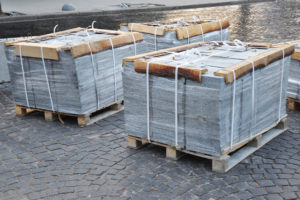 Whether your yard is a blank canvas of open grass or some of its walkway features need an update from the previous homeowner, your yard and home could benefit from a new patio. With so many options, choosing what’s right for your patio may seem like a difficult decision. Let’s take a look at a few reasons why
Whether your yard is a blank canvas of open grass or some of its walkway features need an update from the previous homeowner, your yard and home could benefit from a new patio. With so many options, choosing what’s right for your patio may seem like a difficult decision. Let’s take a look at a few reasons why 